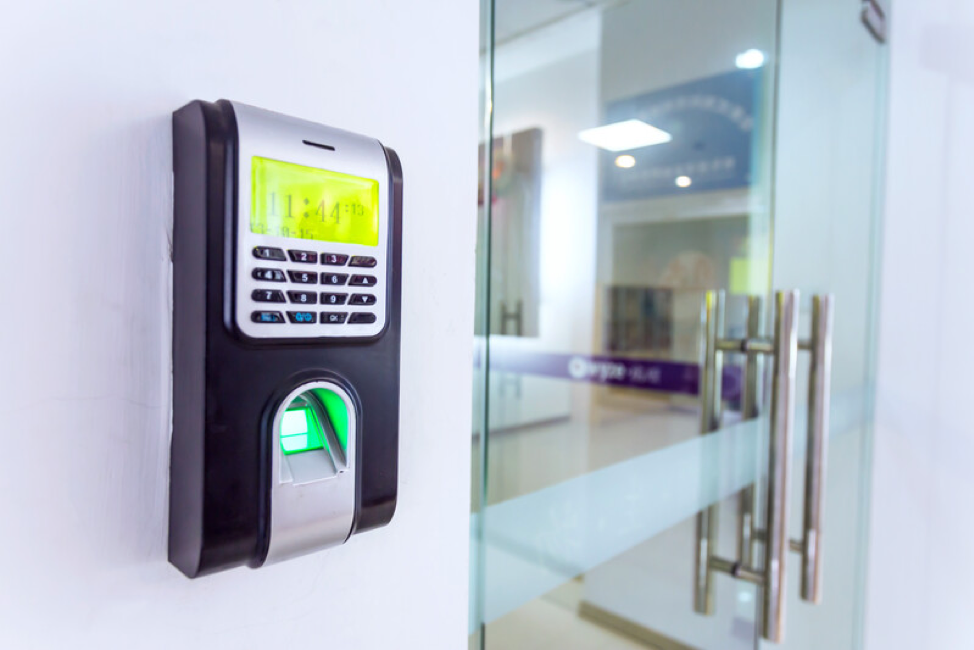Commercial Access Control Systems
Commercial access control systems are advanced security solutions designed to manage and regulate access to commercial buildings or specific areas within these buildings. They are integral to maintaining the security of a business, its assets, and personnel. Here’s a comprehensive overview of commercial access control systems:
Key Components of Access Control Systems:
- Access Control Panels: Serve as the central hub for managing the access control system. They process information from readers and make decisions about unlocking doors based on established permissions.
- Readers: These are devices installed near entrances that read credentials (like key cards, fobs, or biometric data) and send the data to the control panels for verification.
- Credentials: The means by which a user is granted access, which can include key cards, PIN codes, biometric data (fingerprints, facial recognition), or mobile devices.
- Locks: Electronic locking systems on doors that are controlled by the access control system. They are unlocked by the control system when valid credentials are presented.
- Management Software: Software platforms are used to monitor and control the access control system, manage user credentials, set access rules, and review access logs.
Types of Access Control Systems:
- Discretionary Access Control (DAC): In this system, the business owner or administrator controls access based on their discretion.
- Mandatory Access Control (MAC): Used mainly in high-security environments where access is regulated based on predefined policies and classifications.
- Role-Based Access Control (RBAC): Access permissions are based on the user’s role within the organization, common in most business environments.
Benefits:
- Enhanced Security: Restricts unauthorized access, helping protect sensitive areas and critical information.
- Customizable Access: Businesses can customize access levels, ensuring employees and visitors only access areas necessary for their roles.
- Record Keeping: Keeps detailed logs of who accesses the building and when, which is valuable for security audits and in case of incidents.
- Integration with Other Systems: Can be integrated with other security systems like CCTV, alarm systems, and fire control systems for comprehensive security management.
- Remote Management: Modern systems allow for remote management, enabling administrators to control access from anywhere.
Applications:
Commercial access control systems are versatile and can be used in various settings, including office buildings, factories, warehouses, hospitals, schools, and retail stores. They are particularly valuable in environments where sensitive information or valuable assets need protection.
Latest Trends:
- Mobile Access Control: Use of smartphones as credentials, allowing for contactless entry and remote management.
- Biometric Authentication: Increasing use of fingerprint scanners, facial recognition, and iris scanning for more secure and unique identification.
- Cloud-Based Systems: Cloud-based platforms offer more scalability, remote access, and reduced need for physical infrastructure.
- Integration with IoT: Integration with the Internet of Things (IoT) devices for smarter and more efficient security solutions.
Choosing the Right System:
Selecting the right commercial access control system requires a thorough understanding of your specific security needs, the scale of the operation, and the desired level of security. Factors like the type of property, number of access points, and integration with other systems should be considered.
For businesses in areas like Rochester, Troy, and Sterling Heights, MI, partnering with a provider like Vigilante Security can offer tailored solutions that meet specific security requirements. With our expertise, businesses can implement effective and reliable access control systems that ensure safety and operational efficiency.

